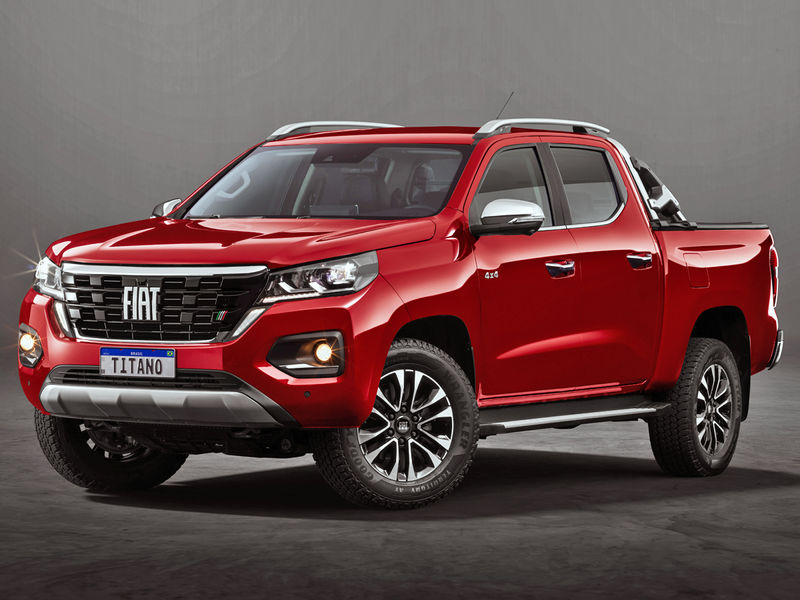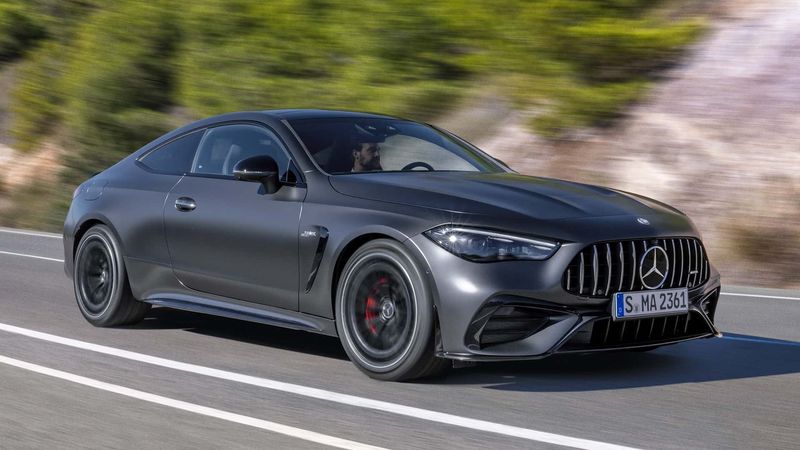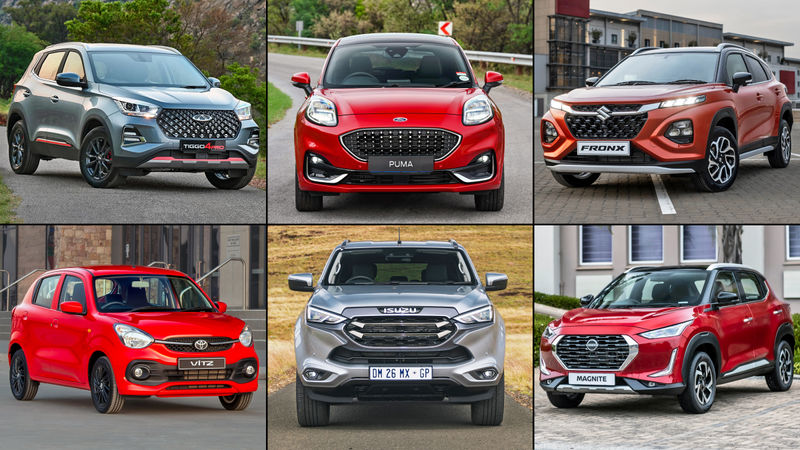
















The new design ofthe tail-lightclusters is the most distinctive feature of the facelifted X3.
By now, most of us are acquainted with the X3 and where it sits in BMW’s model lineup – the former Cars.co.za Consumer Awards category winner in the Executive SUV category is slightly smaller than an X5, but bigger than an X1. Simple, right? We won’t go into the coupe variant(X4) here, as that’s not available as a facelift yet. The X3, unlike manyother contemporary BMWs, doesn’t suffer from “too much grille” syndrome, although the facelift does incorporatea slightly bigger, 1-piece kidney grille. If your kidneys have swollento the size of the X3’s don’t fret– if you sold one of them,you could, perhaps, afford anX3!
Other styling cues you maynotice are the slimmer LED headlights and revised front bumper,as well as the redesignedtail-light clusters,which clearlydistinguishthe updatedX3 from other BMW SUV models.
The range’s powertrains (engine and transmission combinations) are carried over from the pre-facelift model, while the interior adopts the G20-generation 3 Series’ layout inside and a much-improvedstandard specification. BMW now offers a subscription service on some of the options (the ones you would normally specify when you order the vehicle from new), but more on that later…
The X3 sits in the extremely competitive Executive SUV segment, in which there areplenty of rivals to choose from.
There is an exhaustivelist of competitors in this segment,but BMW has always tried to set the X3apart by positioning it as the most satisfying-to-driveoffering in its class. To put it another way: it’s the model you want because it’s better todrivethan the rest. Indeed, the X3 remains decidedly car-like in terms of rideand handling; it corners with suppleness and exhibits a level of body control that defies its SUV tag.
However, the Bimmer’s rivals are also rather good to drive andsome of them are more adept at travelling on gravel roads. At this level, you can look at everything from a Jaguar E-Pace to Mercedes-Benz GLC, Volvo XC60, Range Rover Evoque to the upcoming Audi Q5. But with pricing at thispremiumlevel, you can’t tell me buyers might not also be looking at models such as an F-Pace or a VW Touareg…
Our time behind the ‘wheel was divided between the powerful M40i and popular xDrive20d. The M40i now comes standard with 21-inch wheels, which local buyers will undoubtedlylove, even though those huge, shiny alloys are bound to be impractical for use on a gravel road (unless you’ll be driving so slowly and carefully that you’d hold up a Renault Kwid!). The 19-inchwheels fitted to the xDrive20d aremuch more usable across a multitude of surfaces, which is the very point of driving an SUV, now isn’t it?

The X3 M40i sits on 21-inch wheels as standard.
The M40i has an absolute pearler of an engine. This statement may rile the droves of BMW M-car fanboys,but the single, twin-scroll turbocharged 3.0-litre inline-6 in the M40i is arguably the best engine in BMW’s arsenal. The engine’s linear power delivery(uncorrupted by huge dollops of torque than twin-turbo versions of this motor tend to drop in your proverbial lap) makes the M40i oh-so-satisfying to rev to itsredline. Heck, it even sounds good too, especially as the 8-speed ZF automatic transmission punctuates each shift with a pop that reminds of a crack of a headmaster’s cane.
As a performance package that you could use every day or transport yourfamily to the coast, trail running, mountain biking, or whatever your thing is atthe weekend, it fits the bill perfectly – minus the 21-inch wheels.Power figures are stated at 285 kW and 500 Nm with a claimed 0-100 kph of 4.5 sec, while fuel consumption isn’t as bad as expected at a claimed 8.9 L/100 km (if you drive it gently, which you won’t).
The 20d has been the most popular derivative in the X3 lineup.
For obvious reasons, the xDrive20d’s driving experience isn’t nearly as visceral as the M40i’s, but its 2.0-litre turbodiesel is the most popular choice with local buyers, BMW SA says. From inside the comfort of the X3’s revised cabin, the turbodiesel is notably quiet and, considering it is shod with smaller (19-inch wheels) it rodemuch more comfortablyover the potholed roads of the Platinum belt through Rustenburg.
To be honest, the turbodiesel didn’t deliver quite as much performance as I expectedfrom aR900k derivative, especially when it cameto overtaking urge, which is, after all,something luxury-car buyers expect given the premium prices manufacturers askfor these vehicles.Claimed performance figures have the diesel at 140 kW and 400 Nm with a 0-100 kph time of 8.0 sec, but the fuel efficiency and smoothness of the engine were the real standouts on the launch drive. Consumption fell well below 6 L/100 km on our route and that’s bound to improve with more mileage on the clock (as the engine loosens up).
The interior from the 3 Series has been roped in to do duty in the X3 now.
BMW and other German premium brands have long been criticised for being rather stingy with standard specifications – in other words, their models come with long options lists and expensive extras. The updated X3, however, seems to strike a decent balance in terms of stock features, especially with its new subscription service for options. EveryX3 derivativecomes with a sizeable12.3-inch infotainment screen and adigital instrument cluster (thank you, BMW SA). Shift paddles are also standard, as is the potenthi-fi audiosystem (you can still upgrade to Harman Kardon), Apple Carplay and Android Auto.
The reason X3 derivatives are now specced better than before is due to the availability of over-the-air software updates. It’s standard on the facelifted X3 and it has prompted BMW to introduce a decent base specification so that selectable options canbe installed on virtually any post-facelift X3, not just ones equipped with larger infotainment screens, for example.
The subscription service allows buyers to choose options when they want them,with the choice to “buy” the featuresfor a month, 6 months, a year or forever. You can try out M Suspension (if your X3 has adaptive dampers), remote services, high-beam assist and the surround-view camera system– to name a few examples– for a month. If you like a service, you can renew it;if you don’t, simply cancel it.
This subscription service makes a lot of sense because you avoid the possibility of speccing, say, R500k worth of options (all of which are included in the initial purchase price of your vehicle) only to use but a fraction of thosefeatures during yourterm of ownership. This way, you can tailor options to your exact needs, plus you won’t take as big a hit in depreciation when the time comes to sellthe car/trade it in.
I definitely see this model being introduced by other premium brands as well. Granted, the model isn’t perfect as there are always prerequisites for certain options, so you will need to ensure that your car’s base mechanical spec is high enough that the full gamut of software updates are compatible with your car.
Every new-car price list appears to be a bit of a shock to the system, but BMW has priced the facelifted X3 in line with its rivals and considering the increased standard spec levels, this updated model isn’t much more expensive than the pre-facelift version. All prices include a 5-year/100 000 km maintenance plan.
For the full specs and pricing – click here
| BMW sDrive18d | R895 658 |
| BMW sDrive20i | R939 798 |
| BMW xDrive20d | R997 176 |
| BMW sDrive18d M Sport | R935 658 |
| BMW sDrive20i M Sport | R979 798 |
| BMW xDrive20d M Sport | R1 037 176 |
| BMW xDrive30d M Sport | R1 210 764 |
| BMW M40i | R1 415 042 |
The facelifted X3 has a unique selling point in its subscription service for options.
The facelifted BMW X3 is another excellent SUV in a segment where allof its rivals are rather good too, except maybe the now long-in-the-tooth Mercedes-Benz GLC. The X3 package certainly focuses on the locally produced model’s on-road manners, almostto the point where you would be hard-pressed to tell its dynamic ability apart from that of a sedan. The bottom end of the current lineup probably lacks some of that premium performance buyers would want when they’reforking out north of R900k for an Executive SUV, but it will always be a good choice because of BMW’s reputation for sterling after-sales service.
What’s more, the introduction of the subscription model for options may just be the gold star on the X3’s bonnet that could enticea “swing buyer”to choose the BMW over one of its rivals.The knowledgethat they can continually improve and update their car over the course of their ownership period will surely be a tempting sweetener.





